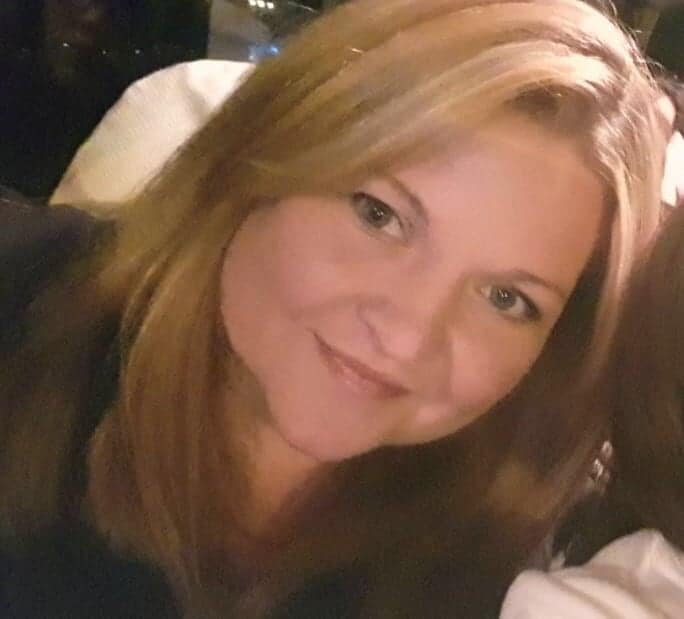
MysticMag had the privilege of interviewing Cassandra Shuck, a shaman whose journey began as a means of healing from a traumatic childhood. In this feature, she shares her unique experiences and approach to shamanism, emphasizing the importance of connection with nature and the body.
Can you tell us about your journey to becoming a Shaman? What inspired you to pursue this path, and how did you develop your skills and knowledge in this area?
My journey to becoming a shaman wasn’t a path I actively chose. I was born into a turbulent childhood with parents who were drug addicts and abusive, both physically and mentally. As a child, I often disassociated from my physical body and spent time outdoors, connecting with animals, trees, and water. This was my way of feeling safe and finding comfort in nature. Although I didn’t realize it at the time, these experiences were the foundation for what I call disassociative shamanism.
When I was around 16 or 17 years old, I moved out of my house and tested into college, where I began to dissect my childhood experiences. I was diagnosed with PTSD, anxiety, and depression and went through the traditional western approach of therapy and medication. However, after three years of little progress, I turned to shamanism.
Through my studies and experiences, including psychedelic studies with the MAPS Association, I found my way to working with plants in Peru. This was my first experience working with plant medicine, and it sparked a deep connection to shamanism.
My path to becoming a shaman was not traditional, but it was rooted in my deep connection to nature and my search for healing.
For those who may not be familiar with Shamanism, can you give us a brief overview of what it entails and how it differs from other spiritual practices?
For those unfamiliar with Shamanism, it involves entering other realms through a trance-like state. This can be achieved through various methods, such as breathwork, drumming, chanting, or the use of psychoactive or non-psychoactive plants. Shamanism is unique in that it requires a deep connection to the body in order to access other realms. It is an embodiment practice with a spiritual perspective that allows individuals to receive information from external sources.
Can you walk us through some of the common techniques or practices that you use in your work, and how they help your clients connect with their spiritual selves?
One of my most common techniques is soul retrieval, which involves calling back fractured pieces of the soul that have separated due to trauma. When the body is missing these pieces, it is missing parts of its core identity and is constantly seeking external answers instead of looking internally. Shamanism is an internal practice that helps individuals tap into their own self-sourced answers.
I also perform chakra clearing using a Peruvian stone called a Mesa to send energy through the body. The techniques I use vary depending on the individual and their level of trauma. In some cases, I may work with plant medicine when breathwork alone is not enough to access deep layers of trauma. It ultimately depends on the individual and how many imprints of trauma they still have on their physical being.
How do you integrate Shamanic principles into your everyday life, and how has it impacted your own personal growth and development?
Incorporating Shamanic principles into my everyday life is an ongoing journey. I am constantly working on myself, and I encourage my clients to do the same. I believe that personal growth and development is a never-ending process. Recently, for instance, I went on a long journey where I received downloads and insights that are helping me move to the next level. My team jokingly refers to it as “shamaning a shaman,” because I am always working on myself 24/7, examining my thought processes, limiting beliefs, and any unresolved trauma. I also use soul retrieval techniques, connect with my spiritual team and guides, and tap into my intuition. In my work with clients, I often see reflections of areas where I need to continue to work on myself, which can range from addressing deeper layers of sexual trauma to other unresolved issues. Essentially, I am constantly in the driver’s seat and passenger seat, navigating my own growth while supporting others in theirs.
In your experience working with clients, what are some of the most common issues or challenges that people come to you for help with? How do you tailor your Shamanic services to meet the unique needs of each individual?
I would say the most common issue my clients come to me with is a sense of forgetting who they are and disassociation. We live in a society that forces people to look elsewhere for answers and gives them limiting diagnoses that can distance them from their true selves. I call it a suppression of consciousness, because people don’t realize how powerful and divinely guided they are. This societal pressure leads to limiting beliefs and emotional baggage that needs to be dismantled in order for individuals to grow spiritually.
To tailor my Shamanic services to each individual, I start by understanding their unique needs and situation. I work with clients to identify their limiting beliefs, trauma, and other issues they may be dealing with. From there, I use various techniques, such as soul retrieval and chakra clearing with Peruvian stones, to help them connect with their spiritual selves. I also work with plant medicine in some cases when the trauma is deep-rooted. Each client is unique, so I tailor my services to meet their specific needs, whether it’s working through generational trauma or breaking free from societal expectations.



